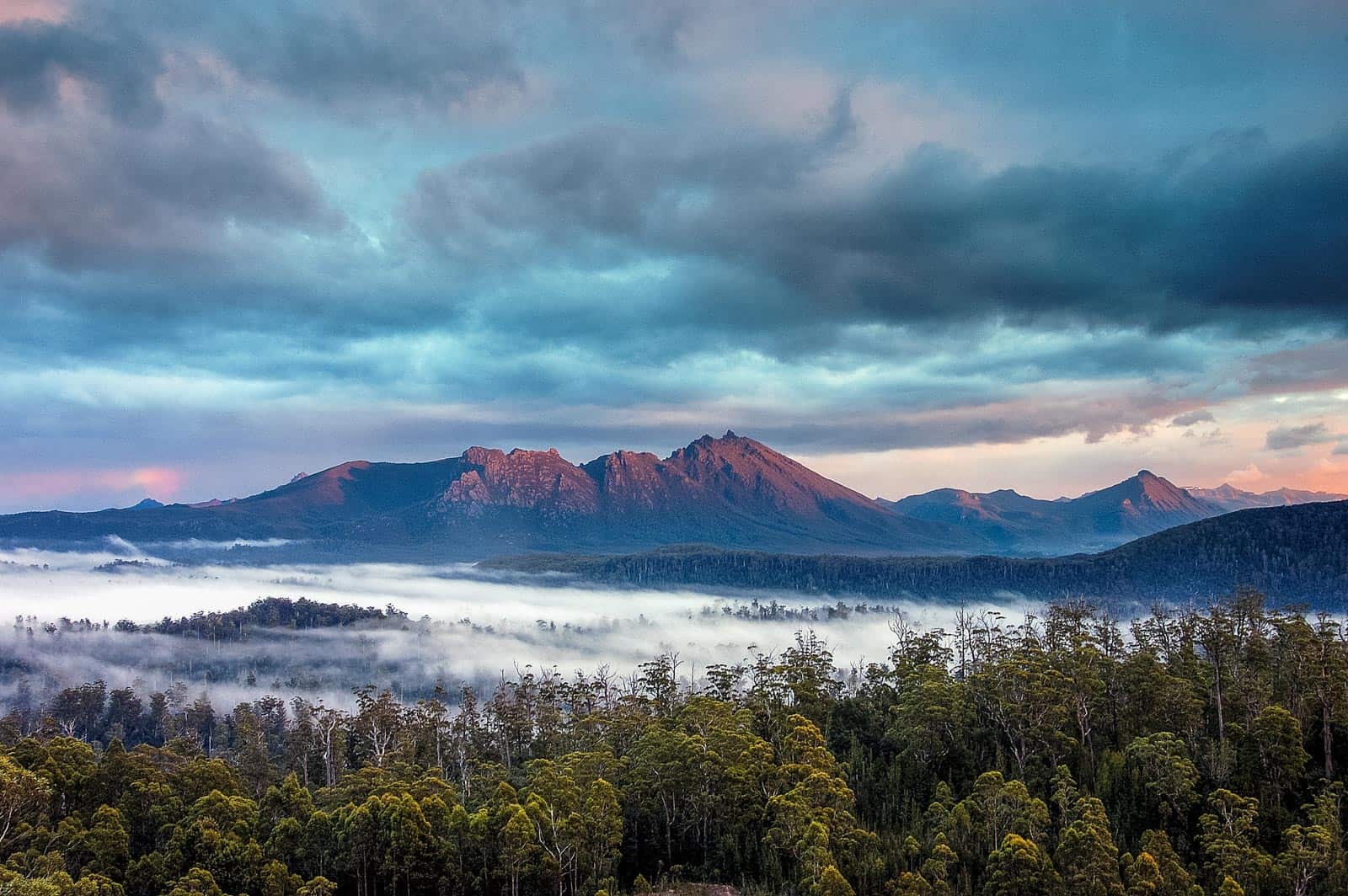On the tracks of owls and other forest dwellers
Yesterday we were out again, with 16 children from the Middle school Bad Vigaun, Austria. We held our owl workshop, but this time with an increased focus on forests. With an outside temperature of around 30°C and an inside temperature of around 35°C, we only stayed in the classroom for about an hour to talk a bit about theoretical background on owls and their habitats. Despite the high temperatures, the kids were fully involved – Magdalena didn’t have to tell them much about forests, because they already knew a lot: They could name and explain the structure of the different forest layers and their inhabitants, even the different root systems of Austrian native tree species. The kids were particularly fascinated by the call and funny appearance of the pygmy owl.
Then we started our excursion out into the forest, to the Natura 2000 area “Lebensader Taugl“. The protected area includes the Taugl, a beautiful river, a river bed and a semi-natural forest. Ground-nesting bird species such as sandpipers, little ringed plovers and gray wagtails are particularly protected there. The children knew nothing about Natura 2000, but Magdalena explained them the importance of this Europe-wide network of protected areas for endangered species and habitats.
In a shady spot we had a look on the differences between owl feathers and feathers of birds of prey, owl pellets and the bones of field mice, frogs, hawfinches found inside them.
Afterwards, the kids went on discovery tour into a beautiful part of the forest, where the remains of the former commercial use could still be seen. They encountered a garden spider, edible snails (Helix pomatia), grasshoppers, various cones, dead tree trunks with traces of the bark beetle and much more. The transition from a commercial forest to a natural forest was easy to observe. Unfortunately, we ran out of time and had to go back to the school so the kids could catch their bus.
Thanks to the children and their dedicated teacher for this exciting afternoon in nature!













